





 |
 |
 |
 |
 |
 |
| Greg Lavaty | profile | all galleries >> My Blog >> What camera is for the birds? 12-26-2012 | tree view | thumbnails | slideshow |

Canon EOS 7D and EF 500mm f/4L IS USM w/EF 1.4x II
When I tell people that I currently use a Canon EOS 7D with an EF 500mm f/4L IS USM and EF 1.4x II teleconverter I often get interesting responses. Generally people are surprised when they see how expensive, bulky and heavy this rig is. Obviously the typical nature enthusiast isnít going to be ready to plunk down $10K plus on a camera when they are just starting out with photography. The next question that I invariably get is, what would be a good camera for bird photography for a more reasonable price. My answer is to spend the larger part of the camera budget on a good quality telephoto lens and whatís left on a basic digital SLR camera with a kit lens. For example if someone was interested in Canon equipment I recommend a Rebel T3i with 18-55mm IS lens and an EF 400mm f/5.6L USM. This setup will provide the user with a high quality sensor in a camera body that is relatively easy to use and an excellent telephoto lens with enough magnification to get lots of detail in bird photos. It also provides the user with a wider angle zoom lens to take pictures of scenery, larger animals, people and other general subject matter. The total package runs in the neighborhood of $2000 and is relatively small and light so carrying it around on birding outings isnít such a chore.

Canon Rebel T2i and EF 400mm f/5.6L
Recently I have been hearing more and more about compact superzoom cameras for bird photography. The attractive aspects of these cameras include affordable price, small size, light weight and a complete solution in an integrated package. A friend recently sent me a review of the Canon SX50 HS which caught my attention. The first thing about the camera that really jumped out at me is the amazing 50x zoom lens which offers users an equivalent field of view of a 24-1200mm lens on a 35mm camera. In a nutshell, this lens offers roughly the same magnification of my 500mm lens with teleconverter on my 7D camera for a price less than $400. The review offered a series of side by side comparison images with a Nikon D300s and Nikon 80-400mm lens, and the little Canon compared quite favorably.

It wasnít long until curiosity got the best of me and I ordered a SX50 HS for $369. I didnít expect a tiny camera of this price to really compete with a $12K rig or even a $2K rig but maybe it is a viable option for someone who isnít interested in messing with an SLR and lenses or someone who is on a limited budget.
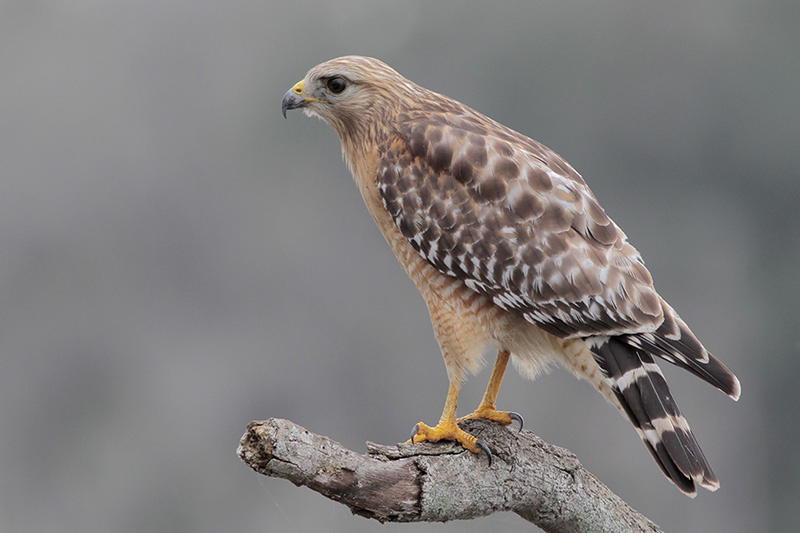
Canon EOS 7D and EF 400mm f/5.6L USM
When the SX50 arrived I was really impressed with how small it is, as well as its swivel screen. After familiarizing myself with the controls and the menus, I configured the SX50 for my first day of shooting. I tried to configure the little camera as closely to my SLRs as possible and tried to make sure I was familiar with all the SX50ís features and how they work.

Canon EOS 7D and EF 500mm f/4L IS USM and EF 1.4x II
The next day I headed out birding with nothing but the SX50 and quickly the differences between it and my Rebel XS started jumping out at me. I wasnít used to the small size of the camera and found the control layout to be a bit cramped. The electronic viewfinder also felt very small in comparison to the rebel and I found it challenging to determine if my subject was really in focus or not before I took a picture. A higher resolution electronic viewfinder with a faster refresh rate would help this camera a lot. During my time with the camera I did try using the rear screen for focus since it is much larger and easier to see. The problem with using the rear screen was that at or near the 1200mm setting I found it very difficult to hold the camera steady. At the wider angle settings using the rear screen was manageable, but unfortunately with bird photography the 1200mm setting is one of the most used. I found shooting birds with the SX50 to be a bigger challenge than I expected, especially at the 1200mm zoom setting. I was unable to catch any shots of flying birds on my first day out, even of large slow birds like Great Egrets and Great Blue Herons, which would have been a piece of cake with the Rebel XS and 400mm f/5.6L. Another thing I noticed was that for the small perched birds it was often difficult to achieve proper focus at or near the 1200mm zoom setting. The focus would often lock onto something in the background, and when I tried to re-focus on the bird, the camera just stayed locked on the background even if I completely took my finger off the shutter release and half-pressed it again to focus. This was the case even with the out of focus subject smack in the center of the active autofocus point. My solution to this problem was to focus on the ground close by and then try to focus on the bird again. When I did this, the camera would quickly lock onto the bird. Unfortunately, with small birds, the subject often flies away before there is time to focus on the ground and then back on the bird.
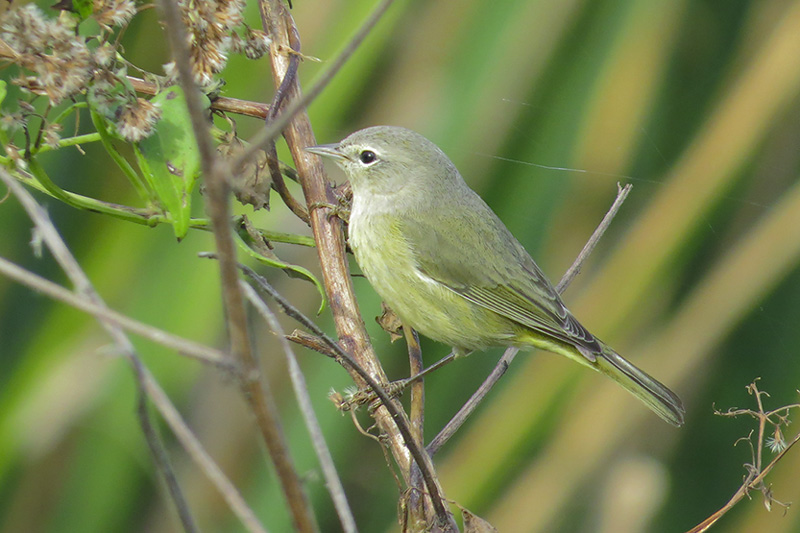
Canon SX50 HS
Below is a comparison between the Canon 7D and EF 500mm f/4L IS USM and EF 1.4x II and the SX50 HS
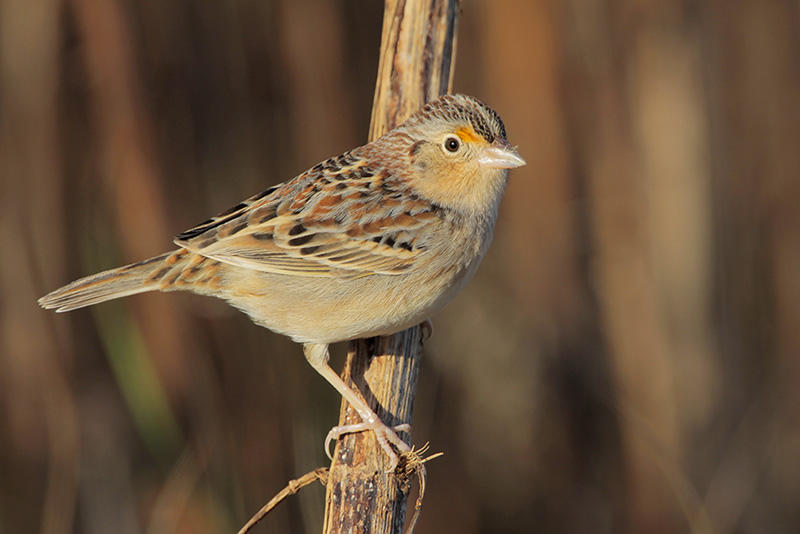
Canon EOS 7D and EF 500mm f/4L IS USM and EF 1.4x II
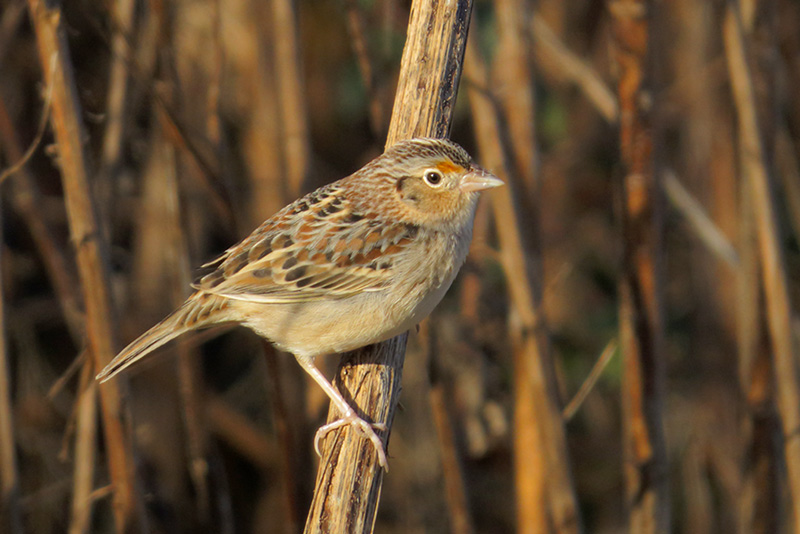
Canon SX50 HS
Another pair of features I quickly missed on the SX50 are the AE-lock button on the back of the camera and the partial metering mode. I started out using the evaluative metering mode, and quickly found that I was overexposing the highlights on many of my photos. For example, when trying to photograph American Coots, the beaks were always drastically overexposed. When I noticed this, I switched to the center weighted metering mode, and continued to have the same problem. The only other option was spot metering. With spot metering, I was able to get the correct exposure, but when I tried to focus and recompose I would lose the correct exposure. In order to get everything right I had to zoom out so I could fit the entire bird in the frame and crop the image to the desired composition in post processing, essentially defeating the purpose of having such a long zoom lens. With the digital SLR I could simply meter using the partial metering (which I find much more forgiving than spot metering), lock the exposure with the AE-lock button, compose the image as I want and take the photo with correct exposure.

Canon SX50 HS
When I arrived home and started reviewing my photos I was met with a whole new set of frustrations. The previous night I set the camera to shoot jpeg, and I customized the picture style settings to shoot in neutral mode with no in-camera sharpening. This is how I shoot with my rebel XS, and I find the output files very flexible in post processing. With the SX50, likely due to its much smaller sensor size, and due to its limited metering options, the jpeg files were much less flexible. Files that would have been easily edited from the Rebel were very challenging to edit from the SX50. There was much more tendency for blown highlights and the color rendition was often off. With this in mind I set the camera up to shoot in RAW for the rest of my shooting.
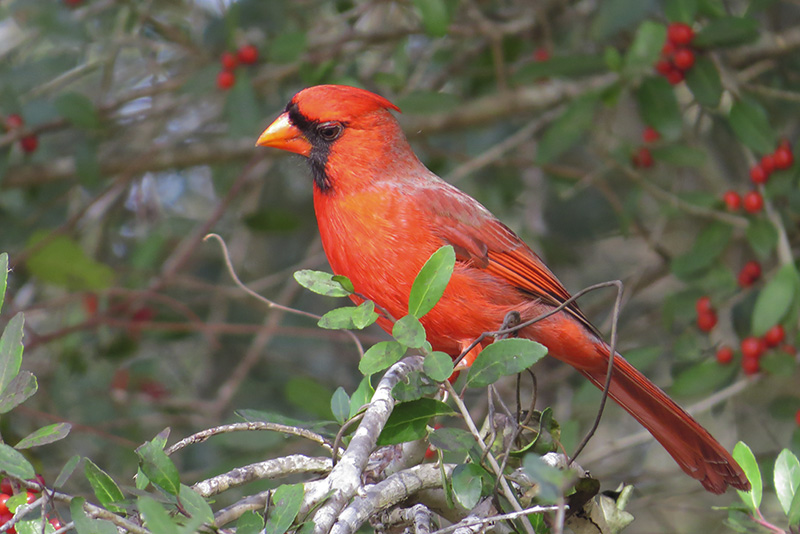
Canon SX50 HS
The pleasant surprise when reviewing my images was that the lens on the SX50 performed better than I expected. I found that in the photos that I got in focus, there was plenty of detail and contrast even at the 1200mm setting with the lens shot wide open. I have found that with most super zoom lenses that I have tried, photos are usually a bit soft at the long end of the range, especially when shot at the widest aperture. When I looked at some of the landscape shots that I took, I found that the 24mm setting was a little soft. Of course you canít expect to have everything from a 50x zoom lens, but for web viewing I found the wide angle photos to be acceptable. When viewed at 100%, however, there is an obvious difference between output from the SX50 and the Rebel XS fitted with the 18-55mm kit lens. Another thing I noticed with the SX50 is that it tends to be more prone to sensor blooming than the Rebel XS (again likely due to the difference in sensor size between the two cameras).

Canon SX50 HS
On the subsequent days out with the SX50 I shot in RAW, which significantly slowed the cameraís operation though I did find I got better results. This also meant that I had to spend significantly more time on post processing.

Canon SX50 HS
After using the Canon SX50 nearly exclusively for a week I believe I have been able to form a fairly well informed opinion about how it works for bird photography. I donít think any reasonable person would expect a $400 camera to perform on the level of a $2000 setup so it shouldnít come as any surprise that the Rebel XS with 400mm f/5.6L lens outperformed the little SX50 in every aspect of performance.
Compared to the older compact zoom cameras that I have used in the past the SX50 is a significant step forward, with reduced shutter lag and much faster auto-focus. The huge zoom range is also a very nice improvement, especially since the image quality produced by this lens is very decent in good lighting conditions. When viewed at web size there were shots from the SX50 that I would have trouble distinguishing from those taken with my $12K setup. I think that a camera like the SX50 offers strong competition for digiscoping. It should also work well for birders who want a camera to document their sightings, but donít want to be bothered with learning too much about photography or who simply donít want to spend a fortune on camera gear. Bottom line, the SX50 really shines for static birds in reasonably good lighting, especially if you are willing to shoot in RAW mode and post process your images.
Below are a couple of comparisons between photos taken with the Rebel XS and EF 400mm f/5.6L USM and SX50 HS at ISO 200.

Canon Rebel XS and EF 400mm f/5.6L USM

Canon SX50 HS
The SX50 really starts to struggle when the lighting starts to get low. I found that the output was decent up to around ISO 400 but beyond that, things started to get messy. The autofocus also seems to struggle in lower lighting conditions at or near the 1200mm setting. This is not a surprise considering that the maximum aperture at 1200mm is f/6.5. I also donít find the SX50 to be very well suited to action photography. This would likely change if Canon fitted the camera with a better viewfinder with a quicker refresh rate.
Below are a couple of comparisons between photos taken with the Rebel XS and EF 400mm f/5.6L USM and SX50 HS at ISO 800. Though these shots were taken seconds apart from each other the sun peaked out a little during the Rebel XS shot giving it more favorable lighting.
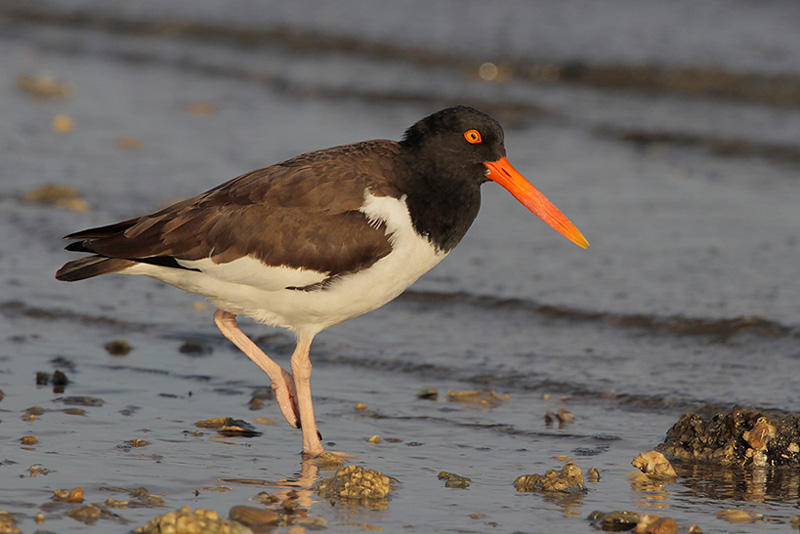
Canon Rebel XS and EF 400mm f/5.6L USM
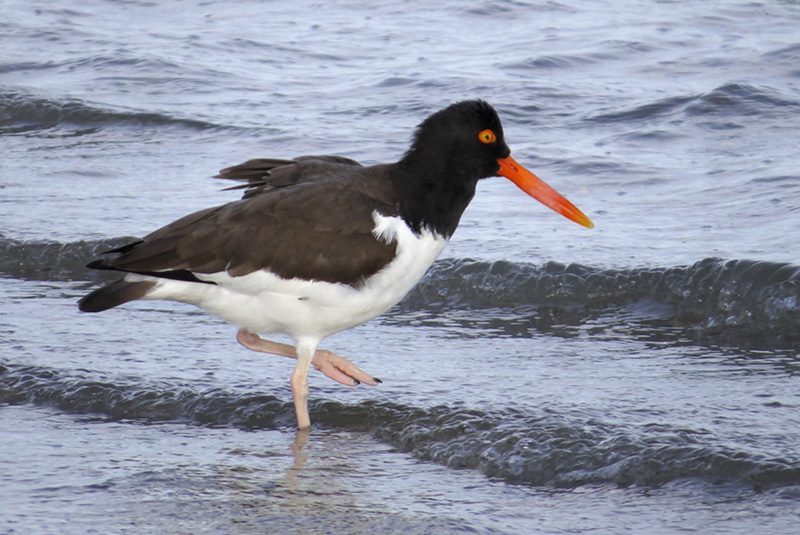
Canon SX50 HS
If you are looking for a small camera that you will likely always have with you, that is easy to use, has plenty of zoom, and wonít break the bank, to document your bird sightings, then the Canon SX50 is a very reasonable choice. If you are interested in getting into bird photography more seriously, then you are better served by saving up your money and buying a SLR type camera with a good lens. Something like the Canon Digital Rebel series bodies fitted with a high-quality telephoto lens like the EF 400mm f/5.6L would be a very good starting point. This sort of rig is more suited to capturing action photography and bird behavior and will be better at producing photos that will print well at larger sizes.
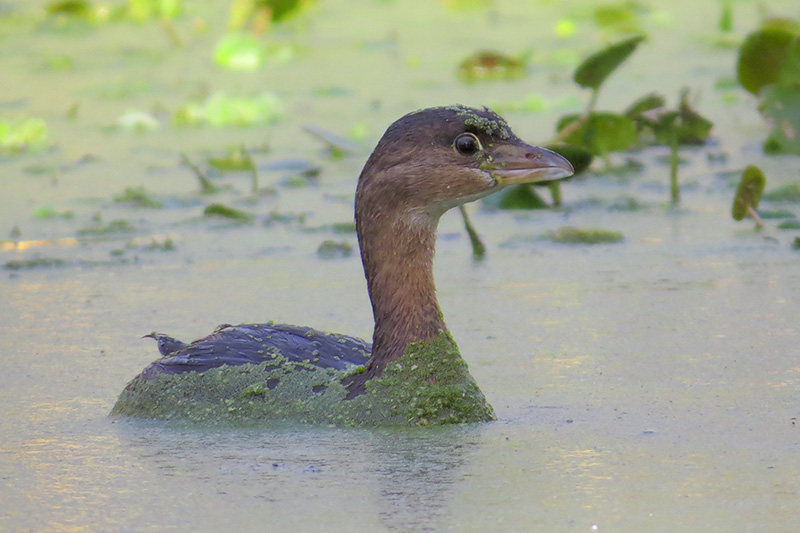
Canon SX50 HS
My time with the Canon SX50 has really shown me that small superzoom cameras are continuing to evolve and improve and are capable of producing good bird photography and could be a great solution for a lot of birders.
| Shree | 08-Apr-2015 08:05 | |
| Lindon | 09-Mar-2015 18:26 | |
| Chilby | 15-Feb-2015 15:53 | |
| Guest | 24-Jul-2014 08:27 | |
| Marilyn Kircus | 12-Feb-2014 18:24 | |
| Greg Lavaty | 20-Jan-2014 03:06 | |
| Guest | 10-Jan-2014 23:55 | |
| françois-charles | 25-Dec-2013 23:42 | |
| Libor | 19-Nov-2013 16:21 | |
| Guest | 11-Nov-2013 16:11 | |
| Guest | 11-Nov-2013 16:10 | |
| Tom Brewis | 12-Aug-2013 12:58 | |
| Guest | 20-May-2013 14:19 | |